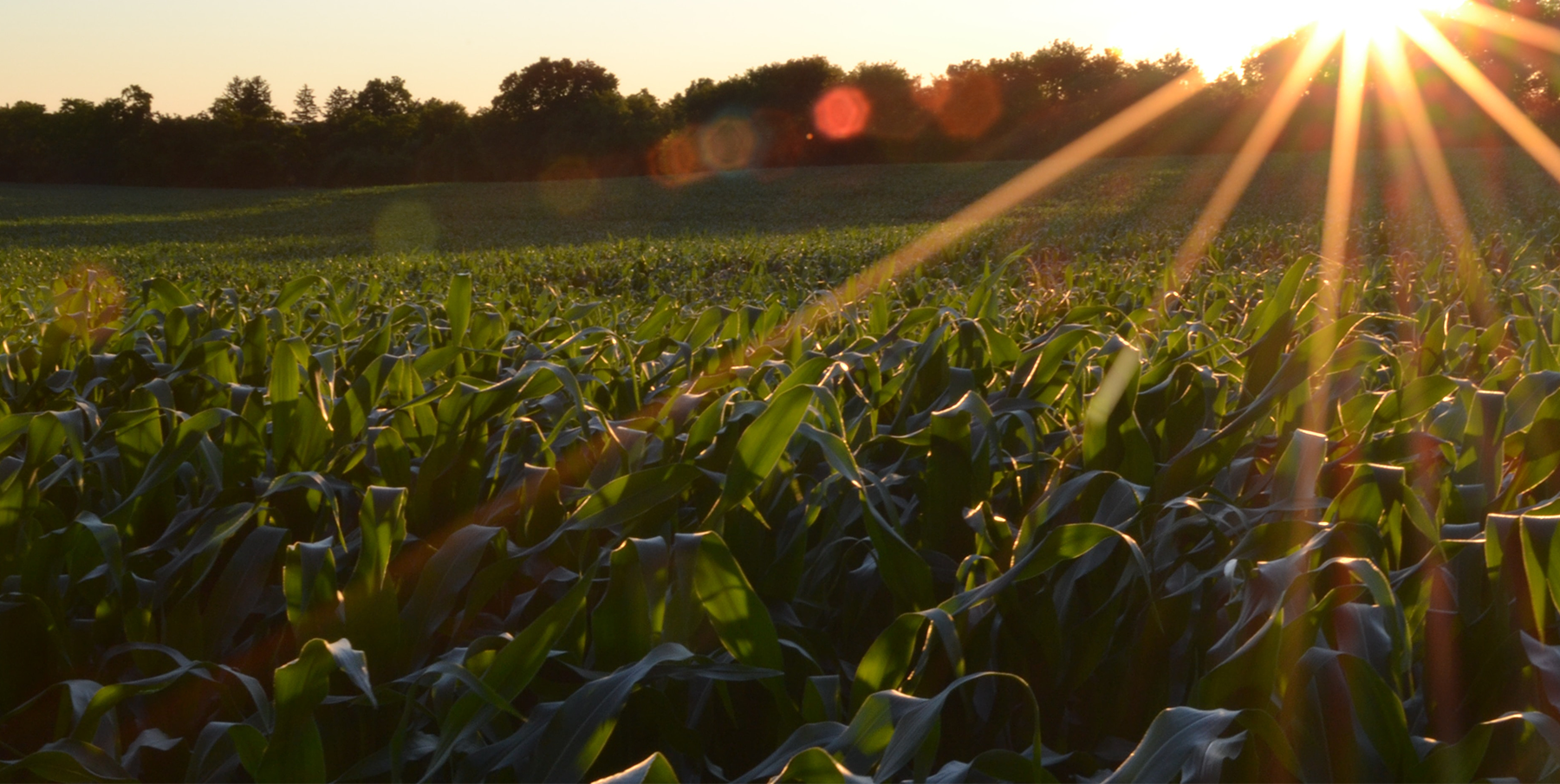ABSTRACT
Micronutrient deficiencies caused by lack of Iron (Fe), Zinc (Zn) and Vitamin A in the human body have negative effect with regard to health issues worldwide. Imbalances of these nutrients in the human body create a significant risk of illness and mortality among children under five years of age, pregnant women and lactating mothers. Some of the food crops that thought to reduce micronutrients include rice, sweet potato, dry bean, sorghum, corn, barley, and finger millet have been biofortified through ways of agronomic practices, conventional breeding, or modern biotechnology. Despite the fact that dry beans address Fe and Zn deficiencies based on recommended dietary allowances (RDA), they often take a long time to cook. Many communities have limited cooking resources which make them rely on burning wood, charcoal or other biofuels that require more time and money. This study identified dry bean cultivars with enhanced Fe and Zn concentration levels and fast cooking time from 200 cultivars. Experiments were conducted under a complete randomized block design with two replications, 200 cultivars, and two different agro-ecologies. Iron and Zinc concentration levels were determined from the harvested seed grains of each bean cultivar using X-Ray Fluorescence while cooking time of similar cultivars were determined using the Mattson cooker. The variation of Fe and Zn concentration was significantly different at (p<0.001) among the treatments and environments. The range was between 46.76 mg/kg to 107.25 mg/kg for Fe and 21.70 mg/kg to 42.35 mg/kg for Zn concentration. From two testing sites, the concentration of Fe was higher at Lyamungo than SARI and Zn showed inversely proportional to these tested sites which means that the environment and soils were not homogenous in terms of soil health. The highest water uptake was 61.54% and the lowest was 3.70% and the higher the water uptake the lower the cooking time. Fast cooking time was ~15 min and the longest was ~76 min. Small seed-sized cultivars showed fast cooking time than large-seeded. These two traits in identified cultivars will enhance dry bean consumption, which will contribute to alleviating micronutrient deficiencies in this global growing population.
Key words: Micronutrient deficiencies, Biofortification, Cultivars, Cooking time, Vulnerable group, Variation
Binagwa PH1*, He G2, Bonsi E3, Traore SM2, Jaynes J2 and CK Bonsi (2020). DETERMINING GRAIN SEED MICRONUTRIENT CONTENTS (IRON AND ZINC) AND COOKING TIME FOR SELECTED DRY BEAN CULTIVARS. Afr. J. Food Agric. Nutr. Dev. 2020; 20(1): 15415-15430 DOI: 10.18697/ajfand.89.18900







